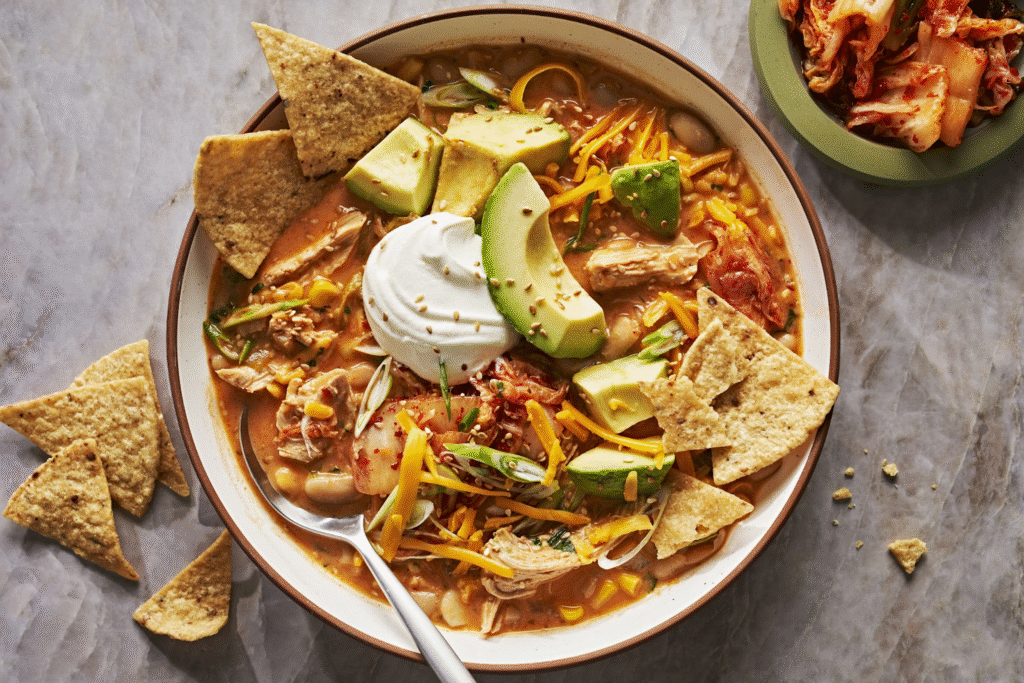Adopting a gluten free diet can seem daunting at first, but with the right strategies, it can become a seamless and rewarding lifestyle choice. Whether managing celiac disease, gluten sensitivity, or simply seeking a healthier approach to eating, a gluten-free regimen offers a path to improved digestion, energy levels, and overall wellness. The key lies in planning and incorporating simple meal ideas that are both nutritious and satisfying.

Understanding the Gluten Free Diet
A gluten free diet eliminates all foods containing gluten, a protein found in wheat, barley, rye, and their derivatives. Gluten is commonly present in bread, pasta, baked goods, cereals, and even sauces or processed foods. Removing these staples requires mindfulness but opens the door to a variety of whole, unprocessed foods that naturally enhance health.
Embracing this diet is not about restriction alone; it is about discovering easy gluten free alternatives that nourish the body while keeping meals flavorful. Whole grains such as rice, quinoa, buckwheat, and millet provide excellent substitutes for traditional wheat-based options. Fruits, vegetables, lean proteins, legumes, and nuts form the backbone of a balanced gluten-free eating plan.
Simple Meal Ideas for Every Occasion
A successful gluten free diet relies on meals that are easy to prepare and adaptable to daily routines. For breakfast, options like overnight oats made with certified gluten-free oats, chia pudding with almond milk, or a smoothie packed with fruits, spinach, and protein powder offer nutrient-dense, quick-to-prepare choices. These simple meal ideas provide energy for the day while maintaining a gluten-free commitment.
Lunch can include grain bowls with quinoa, roasted vegetables, and lean proteins such as chicken or tofu. A fresh salad topped with nuts, seeds, and a tangy olive oil dressing creates a vibrant and easy gluten free option suitable for both home and office. Soups and stews made from naturally gluten-free ingredients like lentils, beans, and fresh vegetables offer warmth and comfort without compromising dietary restrictions.
For dinner, dishes such as grilled salmon with brown rice and steamed asparagus, stir-fried vegetables with tamari sauce, or zucchini noodles with a tomato basil sauce provide satisfying, wholesome options. These meals highlight that a gluten free diet can be diverse, flavorful, and far from restrictive.
Snacks and Convenience Options
Snacking while maintaining a gluten-free lifestyle can also be straightforward. Easy gluten free snacks include roasted chickpeas, fresh fruit with nut butter, rice cakes topped with avocado, or homemade energy bars made from oats, honey, and nuts. These options satisfy cravings while aligning with a healthy eating choice, ensuring sustained energy and nutrition between meals.
It is important to read labels carefully, as gluten can hide in sauces, condiments, and packaged foods. Opting for whole, minimally processed ingredients simplifies adherence and reinforces a gluten free diet that is both safe and nourishing.
Planning and Meal Prep
Successful implementation of a gluten free diet often hinges on planning. Preparing ingredients in advance and maintaining a stock of gluten-free staples makes it easier to assemble meals quickly. Meal prep containers with pre-cooked grains, chopped vegetables, and proteins allow for stress-free simple meal ideas throughout the week.
Batch cooking and freezing portions of soups, stews, or casseroles can save time and reduce reliance on processed foods. These strategies reinforce easy gluten free habits and make the diet more sustainable over the long term.
Health Benefits of Gluten Free Eating
A well-planned gluten free diet offers numerous benefits. For individuals with celiac disease or gluten sensitivity, it reduces digestive discomfort, inflammation, and nutrient malabsorption. For others, it can encourage a focus on whole, unprocessed foods, which supports a healthy eating choice, promotes weight management, and stabilizes blood sugar levels.
Incorporating simple meal ideas that emphasize vegetables, lean proteins, and naturally gluten-free grains enhances overall nutrient intake. Over time, these habits can lead to improved energy, mental clarity, and a greater sense of well-being.
Tips for Success
Consistency and creativity are key to thriving on a gluten free diet. Explore new grains, experiment with spices and herbs, and incorporate a variety of colors and textures into meals. Familiar favorites can often be adapted into easy gluten free versions, such as pizza with a cauliflower crust or pasta made from lentils or chickpeas.
Keeping a list of trusted gluten-free products and brands, planning meals in advance, and staying informed about hidden gluten sources are practical steps that make adherence easier. With these strategies, maintaining a gluten free diet becomes a manageable and enjoyable lifestyle rather than a limitation.
Transitioning to a gluten free diet is a journey toward better health that can be both simple and satisfying. By utilizing simple meal ideas, focusing on naturally gluten-free ingredients, and incorporating easy gluten free snacks, anyone can maintain a sustainable approach to eating.
This diet encourages mindful choices, emphasizes whole foods, and supports a healthy eating choice that benefits both digestion and overall wellness. With thoughtful planning and creativity, a gluten-free lifestyle can be diverse, flavorful, and fulfilling, demonstrating that eating without gluten does not mean sacrificing taste or convenience.




More Stories
Custom Diet Plans That Match Your Lifestyle Goals
Best Diet for Belly Fat Reduction Backed by Science
Best Balanced Diet Plan for Everyday Healthy Living